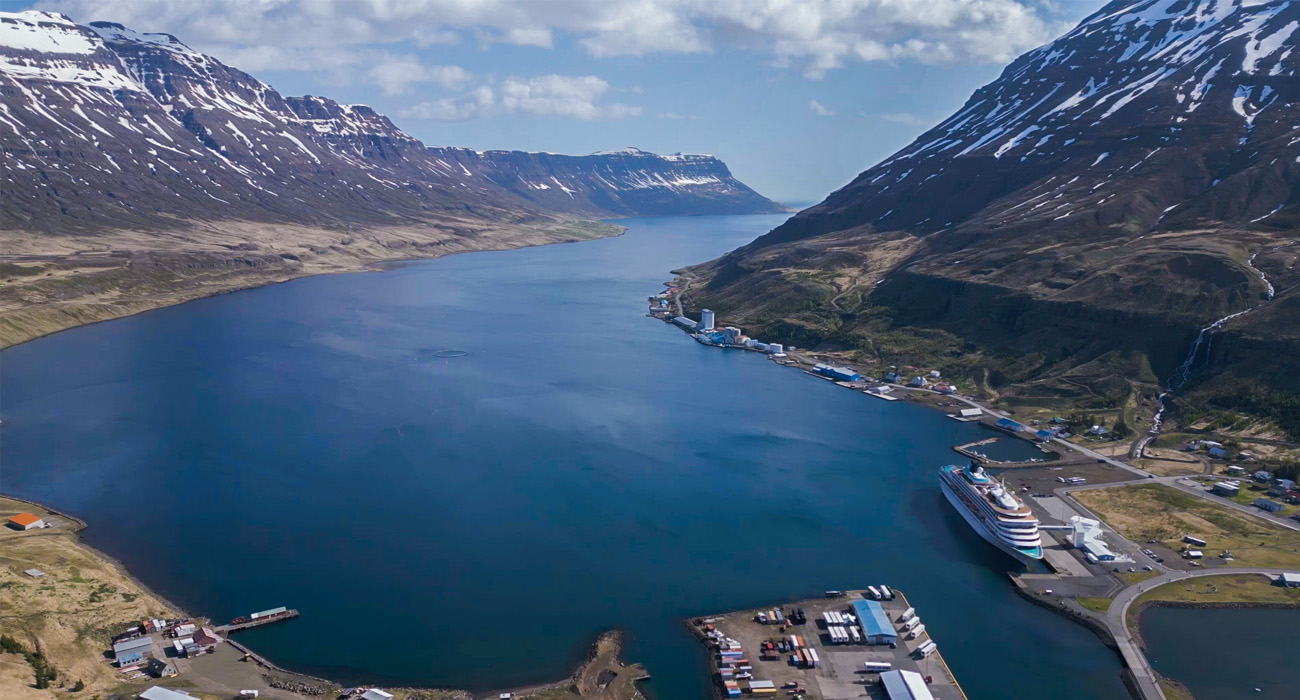10 Essential Tips for Travel Photography: A Beginner’s Guide
Whether you’re exploring a new city, hiking through mountains, or relaxing by the sea, travel photography allows you to capture and share your experiences in powerful ways. If you’re just starting out, it can feel overwhelming to balance your travel plans with photography goals. But don’t worry—these 10 essential tips will help you approach travel photography with confidence and creativity.
1. Know Your Gear Before You Go
Familiarize yourself with your camera’s settings and features before your trip. Whether you shoot with a DSLR, mirrorless camera, or smartphone, knowing how to quickly adjust ISO, aperture, and shutter speed will help you catch the moment—especially in fast-changing conditions.
2. Travel Light, But Smart
You don’t need to bring your entire gear collection. Pack one or two versatile lenses (like a wide-angle and a zoom), a sturdy but compact tripod, spare batteries, and memory cards. Keep your setup minimal so it doesn’t get in the way of enjoying your travels.
3. Plan for the Best Light
The “golden hour”—shortly after sunrise and before sunset—is ideal for capturing beautiful landscapes. Harsh midday sun can flatten your shots, so use that time for scouting locations, grabbing lunch, or editing photos.
4. Scout Locations in Advance
Do a little research before you arrive. Use Google Maps, Instagram, or photo-sharing sites like 500px to identify good shooting locations. Once you’re on location, take time to walk around and look for unique angles or lesser-known viewpoints.
5. Tell a Story Through Your Photos
Don’t just shoot postcard scenes. Capture the journey: the small details, local faces, markets, signs, and food. These elements help tell the full story of your travels and bring your photo collection to life.
6. Shoot in RAW (If Possible)
Shooting in RAW format gives you more flexibility when editing your photos later. You’ll retain more detail and dynamic range, especially useful in landscapes where light can be tricky.
7. Use Leading Lines and Natural Frames
Strong composition can turn an ordinary scene into an extraordinary photo. Look for lines, paths, fences, or natural arches that guide the viewer’s eye into the frame.
8. Be Respectful and Mindful
Always ask for permission before photographing people, especially in cultural or sacred settings. Follow local customs and try to be a traveler first and a photographer second.
9. Backup Your Photos Daily
Memory cards fail, bags get lost. Use cloud backups, external drives, or portable SSDs to keep your images safe at the end of each day.
10. Enjoy the Moment
Don’t forget to put your camera down sometimes. Some moments are best experienced fully rather than photographed. Travel photography is about capturing memories—but also making them.
Final Thoughts:
You don’t need to be a professional to take stunning travel photos. With practice, planning, and a curious eye, you’ll find your own voice as a travel photographer. So pack your gear, embrace the journey, and start capturing the world one frame at a time.




